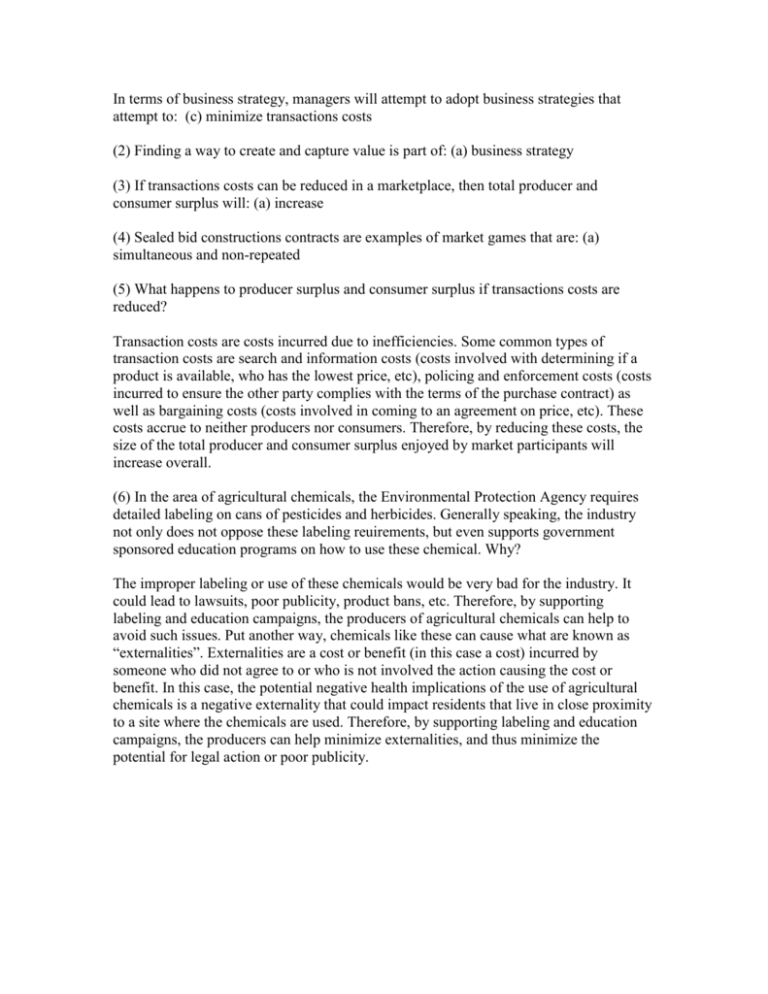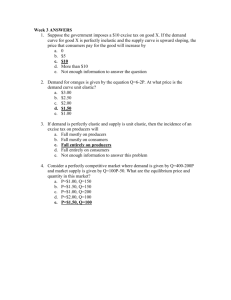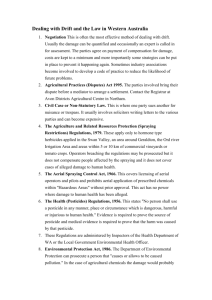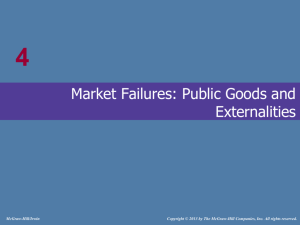In terms of business strategy, managers will attempt to adopt
advertisement

In terms of business strategy, managers will attempt to adopt business strategies that attempt to: (c) minimize transactions costs (2) Finding a way to create and capture value is part of: (a) business strategy (3) If transactions costs can be reduced in a marketplace, then total producer and consumer surplus will: (a) increase (4) Sealed bid constructions contracts are examples of market games that are: (a) simultaneous and non-repeated (5) What happens to producer surplus and consumer surplus if transactions costs are reduced? Transaction costs are costs incurred due to inefficiencies. Some common types of transaction costs are search and information costs (costs involved with determining if a product is available, who has the lowest price, etc), policing and enforcement costs (costs incurred to ensure the other party complies with the terms of the purchase contract) as well as bargaining costs (costs involved in coming to an agreement on price, etc). These costs accrue to neither producers nor consumers. Therefore, by reducing these costs, the size of the total producer and consumer surplus enjoyed by market participants will increase overall. (6) In the area of agricultural chemicals, the Environmental Protection Agency requires detailed labeling on cans of pesticides and herbicides. Generally speaking, the industry not only does not oppose these labeling reuirements, but even supports government sponsored education programs on how to use these chemical. Why? The improper labeling or use of these chemicals would be very bad for the industry. It could lead to lawsuits, poor publicity, product bans, etc. Therefore, by supporting labeling and education campaigns, the producers of agricultural chemicals can help to avoid such issues. Put another way, chemicals like these can cause what are known as “externalities”. Externalities are a cost or benefit (in this case a cost) incurred by someone who did not agree to or who is not involved the action causing the cost or benefit. In this case, the potential negative health implications of the use of agricultural chemicals is a negative externality that could impact residents that live in close proximity to a site where the chemicals are used. Therefore, by supporting labeling and education campaigns, the producers can help minimize externalities, and thus minimize the potential for legal action or poor publicity.











